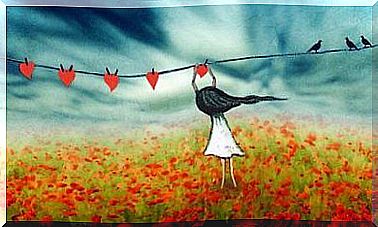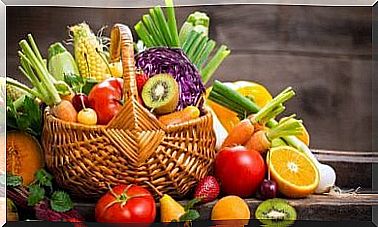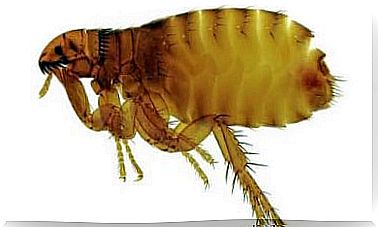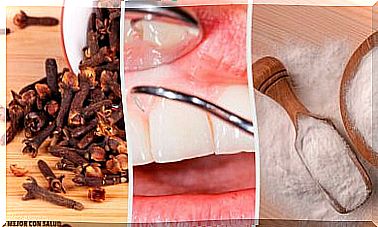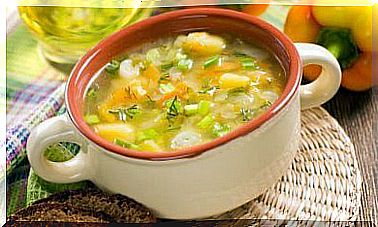Get To Know 8 Surprising Edible Plants
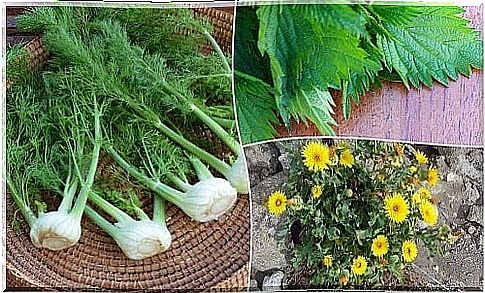
Long ago, many plants were used in cooking. The reason was that they contain essential nutrients. In this article, we introduce you to some surprising edible plants.
They are not as popular as traditional herbs. Yet they are edible and have exotic flavors that add a tasty touch to many different dishes.
That’s why you should grow them instead of pulling them out. Would you like to try them? Check out our list and get acquainted with 8 edible plants.
Surprising edible plants
1. Wild Swiss Chard (Beta vulgaris)
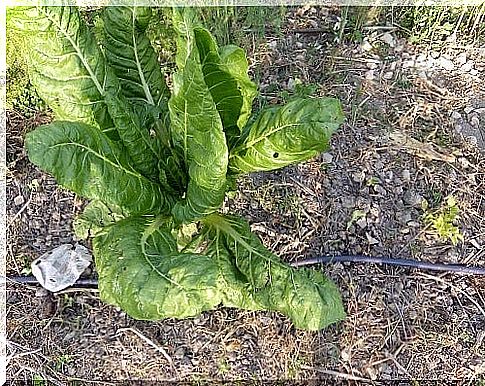
Swiss chard can grow in fertile and semi-fertile areas. We often find it on undeveloped areas of industrial zones or on roadsides.
- This plant contains many vitamins and minerals. It contains even more than the cultivated variety of Swiss chard.
- In addition, it does not contain any chemical residue.
2. Stinging Nettle (Urtica dioica)
The nettle is another one of those surprising edible plants. One uses nettle often in naturopathy. After all, it has the power to help with numerous health problems.
However, the leaves can sting you. That is very strange for an edible plant. You should cook nettle at more than 60°C. Then the stinging substance disappears and the plant becomes edible.
- You can add boiled nettle to soups, enchiladas or potato dishes.
3. Juniper (Juniperus communis)
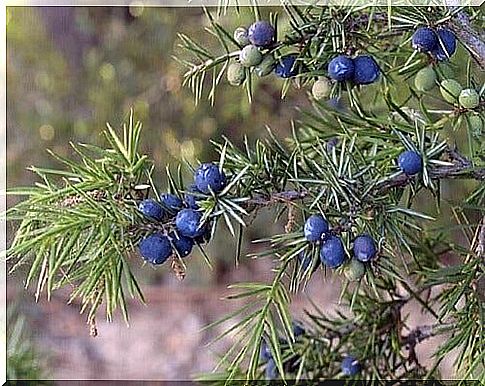
Another species of the surprising edible plants are juniper berries. The juniper is a tree with needle-like leaves and lilac fruits. These fruits were once used to make gin.
Today, few people use juniper. However, you can use these berries to season stews, meats and sauces.
- Pick some juniper berries. Then add them to the dishes we have listed here. The dish will have a very attractive forest aroma.
4. Sweet Lettuce (Reichardia picroides)
Sweet lettuce is a perennial plant that grows on loamy soil. The leaves are the edible part of the plant. They are located at the base of the plant just before the flowers.
- You can use these leaves in salads.
- They actually taste good on their own. These leaves have a soft great taste.
5. White sand cabbage (Diplotaxis erucoides)
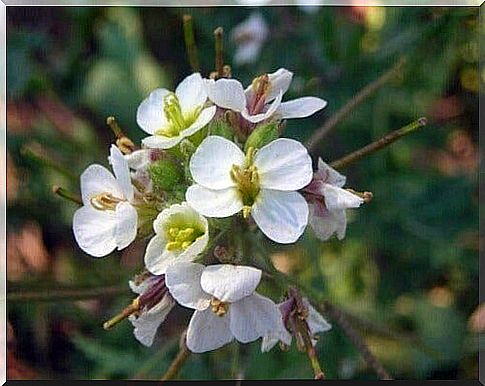
This wild plant grows near vines and olive trees. It is known for its white flowers. The white sand cabbage belongs to the same family as cabbage and broccoli. The leaves have a similar taste.
The flour is mainly used in cooking because it has a light mustard taste.
- You crush the flour and add some oil. That way you have a good salad dressing.
6. Bladder silene (Silene vulgaris)
This ‘weed’ has been almost completely forgotten. It is still used in certain Spanish recipes. It grows around built-up areas. It is usually difficult to remove it. Today, however, most plants have disappeared due to the use of weed killers.
You can use the small leaves of the bladder silene in the kitchen. Its taste is somewhat similar to that of spinach. For the rest, however, they have nothing in common.
- This plant is often used in omelets. You can also use it in salads or even cook it, just like you do with any other green leafy vegetable.
7. Sweet Chicory (Chondrilla juncea)
These surprising edible plants usually grow in arid areas or in orchards that are not often watered. When the plant is small, it resembles the common dandelion. Once fully grown, the yellow flowers will bloom.
- The leaves are edible and add great flavor to salads.
8. Wild Fennel (Foeniculum vulgare)
Wild fennel grows along roadsides. However, there is also a cultivated variety. Fennel is a fibrous plant that you have to cut into small pieces before you can eat it. You can mix it with green sprouts, pasta, legumes, and so on.
- The aniseed flavor of fennel gives a fresh touch to salads.
- You can also add fennel to juices to aid digestion.
- The seeds are a perfect way to flavor certain dishes.
We have one more important note. Before you eat these herbs, make sure they are the right ones. You also need to know how to prepare them. If they grew in a place where they were exposed to chemicals, it’s best not to eat them.

